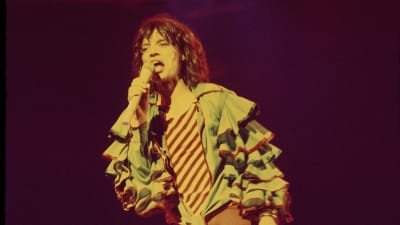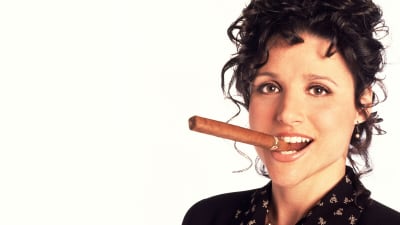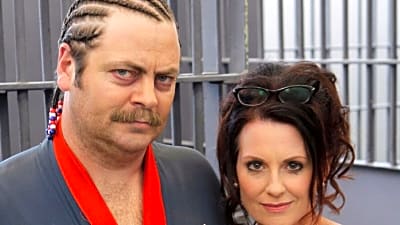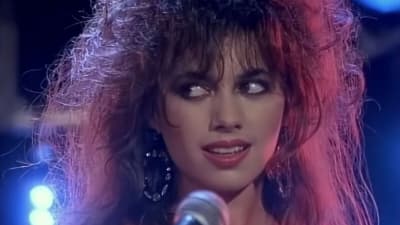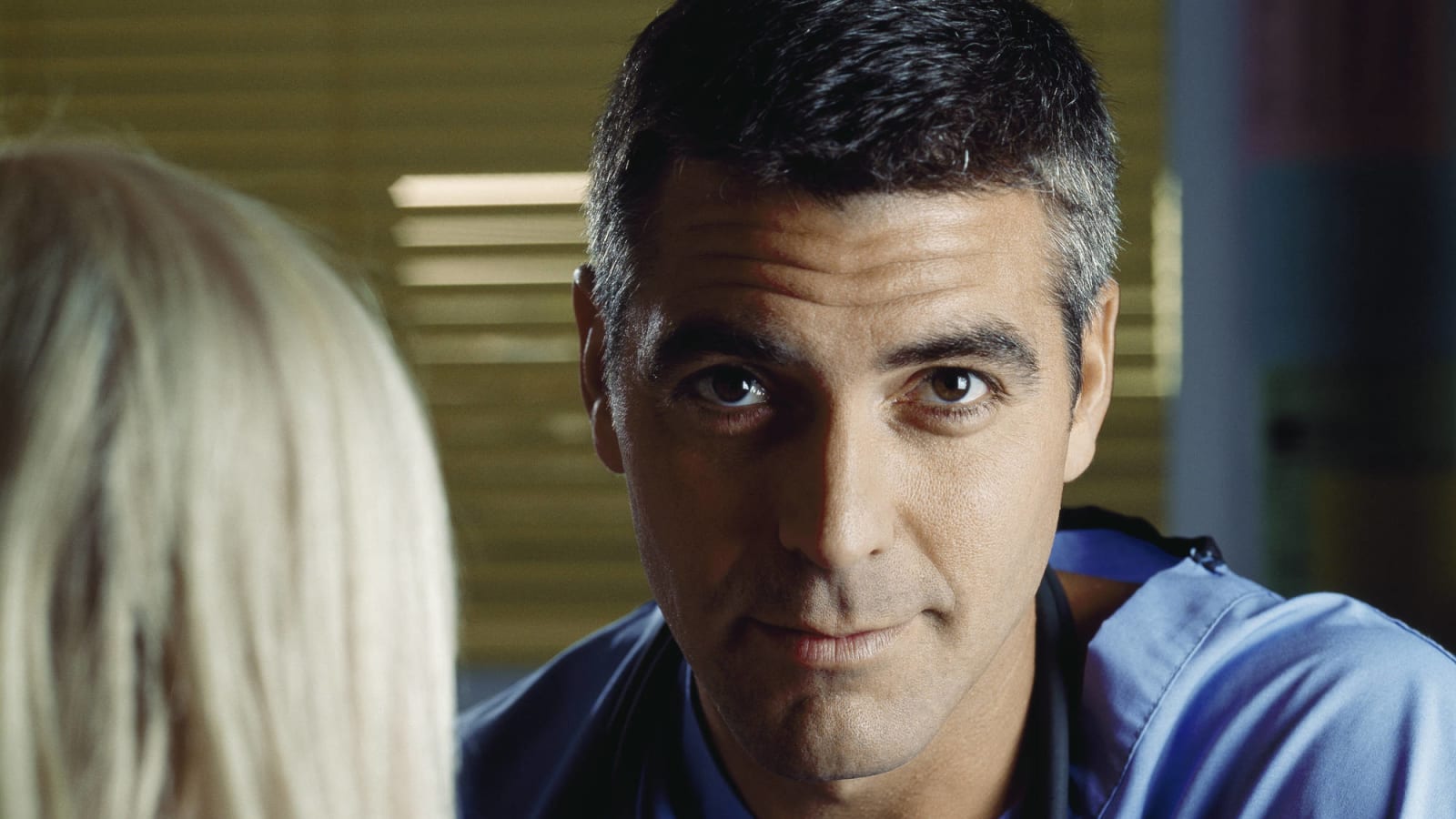
The arc we were not expecting in George Clooney's career
“Even before ‘ER,’ Warner Bros. had [George Clooney] under contract because we felt it was only a question of time before he popped and became a major television star. There is, with George, this match of personality and talent. A lot of times you get one or the other, not both. With George, what you see onscreen is what you see off-screen. He can be a huge movie star.” – Leslie Moonves
“I am big. It’s the pictures that got small.” – Norma Desmond
You might not remember precisely where you were when George Clooney sauntered into the burned-out shell of what used to be Edna’s Edibles in the second episode of the seventh season of the NBC sitcom “The Facts of Life,” but you might very well recall the sensation you felt as the aggressively mulleted 24-year-old graced your television screen. It was the same “Who is that, and what is he doing in this dreck?” reaction audiences had to catching the first glimpse of Paul Newman in “The Silver Chalice” or Denzel Washington in “Carbon Copy” — but at least those were movies. With Clooney, the befuddlement was even more pronounced because, in the 1980s, a guy with those overwhelming star qualities — strong jaw, brown eyes, silvery baritone — belonged on the big screen.
Clooney, who will receive the American Film Institute’s prestigious Life Achievement Award on June 7, would get there, but the route would be far more circuitous than it was for Newman, Robert Redford or his contemporary Brad Pitt. Nine years after he became a recurring character on a dying sitcom, the Kentucky-born son of Midwestern broadcast legend Nick Clooney traded in his mullet for a no-fuss Caesar cut as heartthrob pediatrician Doug Ross on NBC’s hit hospital drama “ER.” Having at last conquered television, Clooney made his move to the multiplexes, attempting to succeed where sure-thing TV hunks like Tom Selleck and Don Johnson had failed to take. As The New York Times’ Janet Maslin noted, “Not many television actors make the transition easily, but not many look this much like Cary Grant.”
There was just one problem: Hollywood wasn’t making Cary Grant movies anymore. Whereas the Man from Dream City made his mark in silly/sophisticated screwball comedies and visually elegant Hitchcock thrillers, the Ladykiller from Lexington struggled to find mainstream projects that adequately showcased his rakishly charming persona. “It’s hard to find commercial stuff that doesn’t make you feel bad in the morning,” joked Clooney in 2005. Eight years removed from “One Fine Day,” “The Peacemaker” and the franchise-killing folly of “Batman & Robin,” Clooney could laugh about his movie missteps. By this point, he’d hooked up with director Steven Soderbergh, with whom he’d made the pulp classic “Out of Sight,” created the “Ocean’s Eleven” franchise and launched the high-aiming production company Section Eight. Backed by Warner Bros., Section Eight was going to show the industry that “smart” and “commercially viable” were not mutually exclusive attributes.
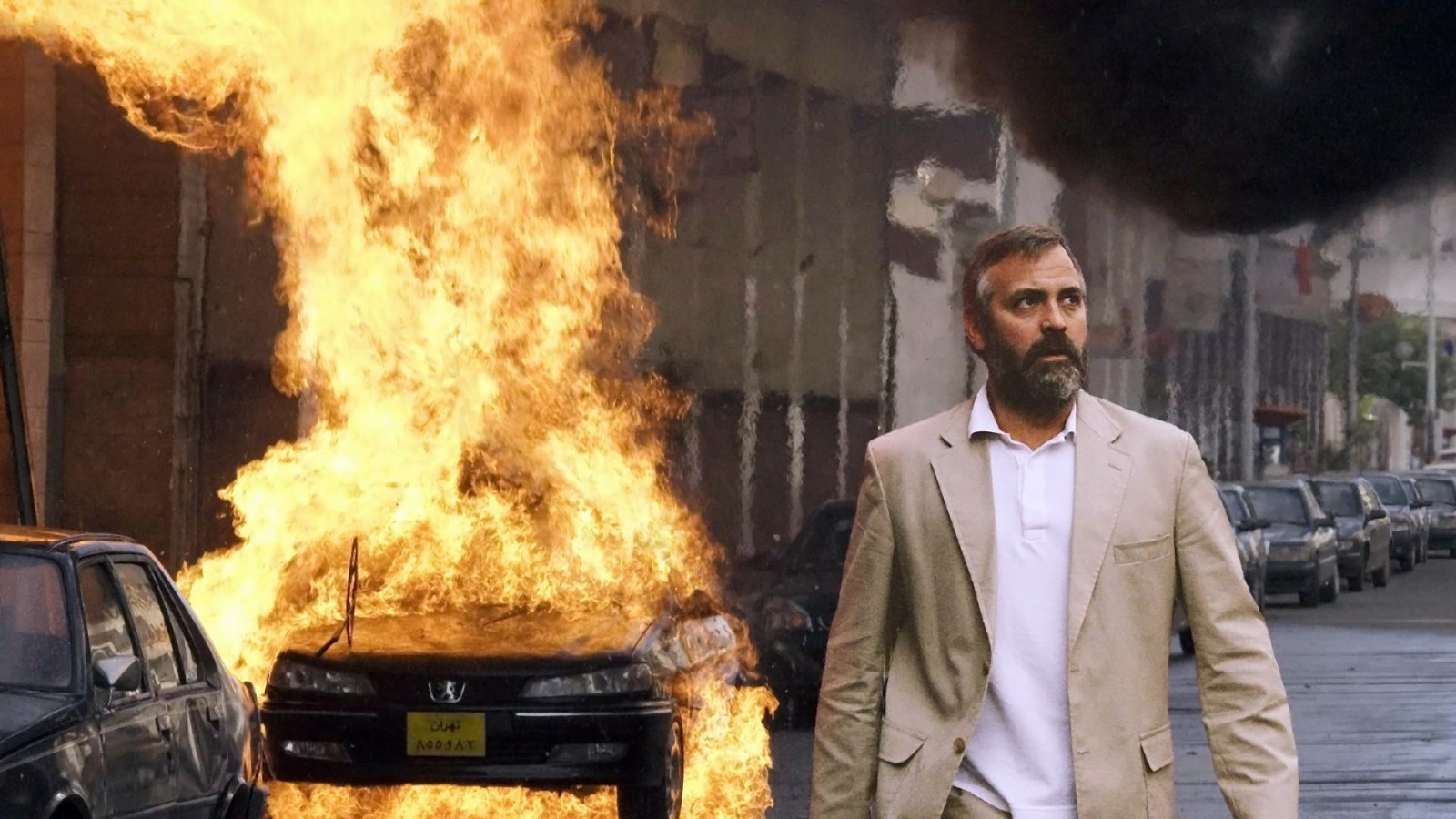
Clooney had reached the apex of his movie career in 2005: he was about to win an Oscar for his supporting turn in Stephen Gaghan’s “Syriana” and earn Best Picture and Director nominations for “Good Night, and Good Luck” (which the praise-cautious Soderbergh regards as a masterpiece). The critics who’d dubbed him the next Cary Grant had misread his intentions. Unlike most movie stars, Clooney was selling more than just himself. In tandem with Soderbergh, he was bringing to market an elevated type of mainstream entertainment that was endangered in the rapidly changing studio system — films with big stars, intelligent scripts and challenging themes in the mold of the 1970s movies he’d grown up admiring (e.g. “The Parallax View,” “Three Days of the Condor” and “All the President’s Men”). It was another instance of Clooney using his celebrity to contribute something of value to society rather than add to his bottom line.
Section Eight had a noble six-year run, turning out commercially risky fare like “A Scanner Darkly,” “Michael Clayton” and “The Informant!,” but the burden of running a production company of that size proved unsustainable for both Clooney and Soderbergh. “When you have that level of responsibility on that many movies, and you’re trying to make your own movie, something’s got to give,” said Soderbergh. After shutting down Section Eight in 2006, Clooney teamed with Grant Heslov to form Smoke House, a comparatively scaled-back venture that has produced 13 films over its 12-year existence.
While Clooney’s celebrity profile certainly hasn’t taken a hit in the 12 years since Section Eight dissolved, his status as a movie star has faded as he’s focused his energies on directing and calling attention to human rights abuses in Darfur and Syria. After earning his third Best Actor nomination for “The Descendants,” Clooney gradually stepped away from leading roles. In an interview last year with The Sunday Times, Clooney chalked this up to age. “Look, I acted for a long time,” he said. “I’m 56. I’m not the guy that gets the girl anymore.” He also took the opportunity to again cite one of his all-time favorite movie performances, Paul Newman in “The Verdict,” stating that if anyone has a role like that for him, he’d leap at the opportunity.
Ironically, if there’s a role like that out there for Clooney today, it would more likely earn him an Emmy than an Oscar — and he might be open to that possibility. After striking out with “Tomorrowland,” “Money Monster” and “Suburbicon,” Clooney will return to the medium once deemed unworthy of him with his Hulu-produced miniseries adaptation of Joseph Heller’s “Catch-22.” What would’ve been impossible to envisage a decade ago is now a practical reality for a quality-driven artist like Clooney: if you want to tell an intellectually challenging story on a big canvas that doesn’t feature a superhero or a Jedi, you’ll be telling it to people in their living rooms.
And, really, is seeing more of George Clooney in your living room such a bad thing?
More must-reads:
- 20 film remakes that are legitimately better than the originals
- The 25 greatest George Clooney roles, ranked
Breaking News
Trending in Entertainment
Customize Your Newsletter
 +
+
Get the latest news and rumors, customized to your favorite sports and teams. Emailed daily. Always free!

